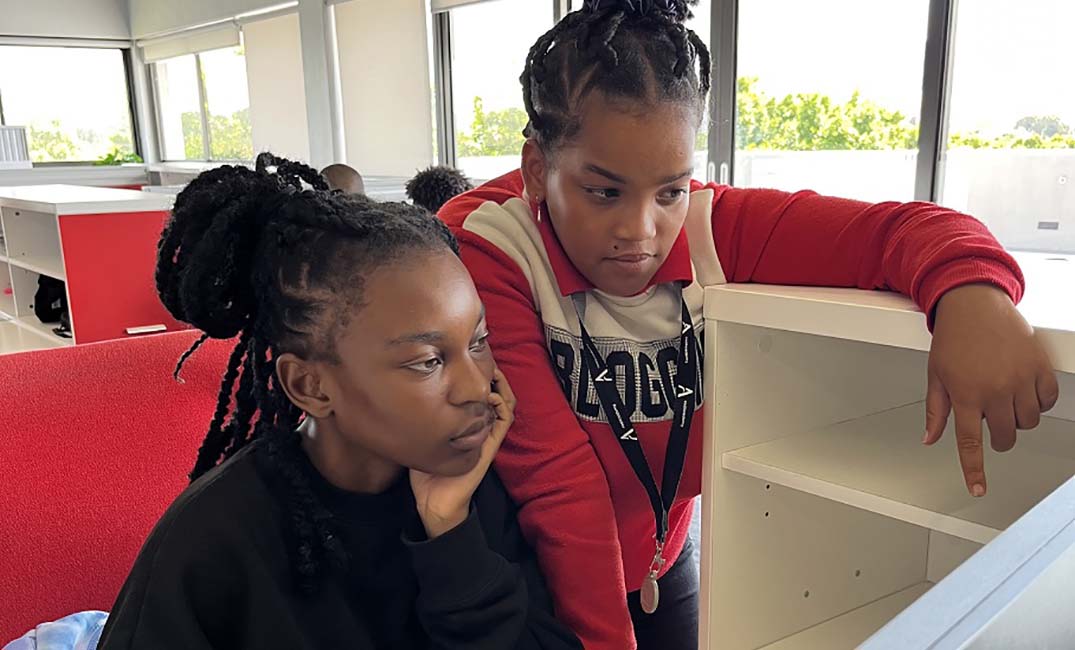Even as South Africa grapples with one of the highest youth unemployment rates globally – with 8,9-million unemployed young people according to Statistics South Africa – traditional approaches to tackling the issue have been met with limited success.
By Jessica Hawkey, MD of redAcademy
A major challenge is that most skills development programmes focus only on training, and leave the rest to young people. It is clear that an alternative model is needed to tackle youth unemployment: one that not only imparts skills that are in demand, but provides real workplace experience and employment upon completion.
Young people in South Africa face immense challenges, starting right when they are still in school, and have to figure out what path to take next to earn a living and be able to support their families. A lack of career guidance and exposure to the right social networks, however, tends to result in youth enrolling in courses that do not match with their skills and interests or current industry requirements, reducing their chances of success and employability.
An academic qualification alone is of little help, with data from Stats SA showing that one in four young people in South Africa come from an environment where no one in their family is formally employed, leaving them with little support or guidance to navigate the world of work. Then, based on research conducted by Youth Capital, an advocacy campaign centering youth voices and experiences in solutions to tackle the youth unemployment crisis, there is the high cost of job seeking with youth having to spend between R500 and R1 000 per month, just to look for work.
This is a high cost for someone who is unemployed, and often they are forced to choose between putting food on the table and going out to look for work. It comes as no surprise, then, that the majority of youth have been looking for work for more than one year – according to the same Youth Capital research report, titled “Beyond the cost: What does it really cost young people to look for work?”. Then, there is the family pressure: because they have studied, there is an expectation that they should now be earning and contributing, which places an additional burden on them and potentially impacts their mental health.
It has become painfully apparent that the traditional ways of skills development and training have failed to make a substantial impact in tackling youth unemployment in the country, and that alternatives are required. There is a need to move away from training for training’s sake, and toward scalable, sustainable solutions that equip young people with relevant skills that are in demand by the market, thereby providing real career pathways.
Private sector partnerships the way forward
One such example of an alternative approach to youth skills development is redAcademy, a Cape Town-based organisation that partners with the private sector and operates inside clients’ live IT environments. Through its rigorous and refined recruitment methodology young people are upskilled to match the exact requirements of corporate partners. Candidates here enter into a one-year programme where the first six months are weighted toward theoretical and practical components, and the second six months are weighted towards actual, real-world development of solutions for private sector partners.
In this way, Sprinters, as the candidates are known, get workplace exposure as well as experience software development in the real world. Not only does such an approach take the cost out of job seeking for South Africa’s youth, but they are also exposed to a network that links them with opportunity when they are done with their year-long course. In this case, Sprinters have permanent employment from the very first day after completing the course, due to the work experience gained from the programme.
“redAcademy understands that young people come from difficult backgrounds, as well as the societal issues they face, and has created an environment that is supportive and works to ensure that they are setting up these young people for long-term success. This includes partnering with the private sector right from the start in order to train young people based on what is needed by industry,” says Kristal Duncan-Williams, Project Lead at Youth Capital.
Upskilling also has to go beyond academic training; businesses often don’t hire young people because of the growing gap between the world of study and work, and they are hesitant to invest their time and resources into training to bridge this gap in order to get new employees up to speed. Apart from a six-month involvement with private sector partners that gives them experience in the world of work, redAcademy also focuses on areas such as soft skills, which cannot be learnt from a textbook, but can only really be learnt through modelling and practice.
Many businesses are so busy with the day to day work that training first-time hires is just too much to ask, but the reality is that the addition of skilled youth can help them grow. However, most are unaware of what initiatives are out there to provide them with the skilled young people that they need. Involving business owners upfront in initiatives like redAcademy can help them find the right employees to grow their business and benefit from having access to work-ready youth; while young people get the opportunity to start a career in a growing field.
“Nine million young South Africans are currently unemployed. South African businesses have to think about how they can address this challenge; if this high level of unemployment persists, where will they get employees from in the future? Who will be their future customers if no one has money to spend? redAcademy works for young people who have a natural talent and affinity for the technology field. While not all young people want to work in this field, it does create more pathways to leverage their talent and meet the skills needs of local businesses, and this model is the answer,” says Duncan-Williams.

